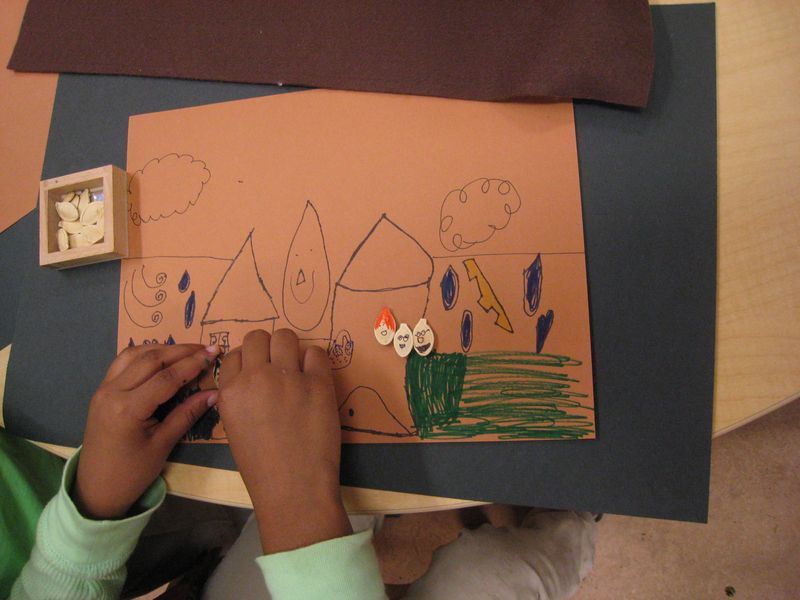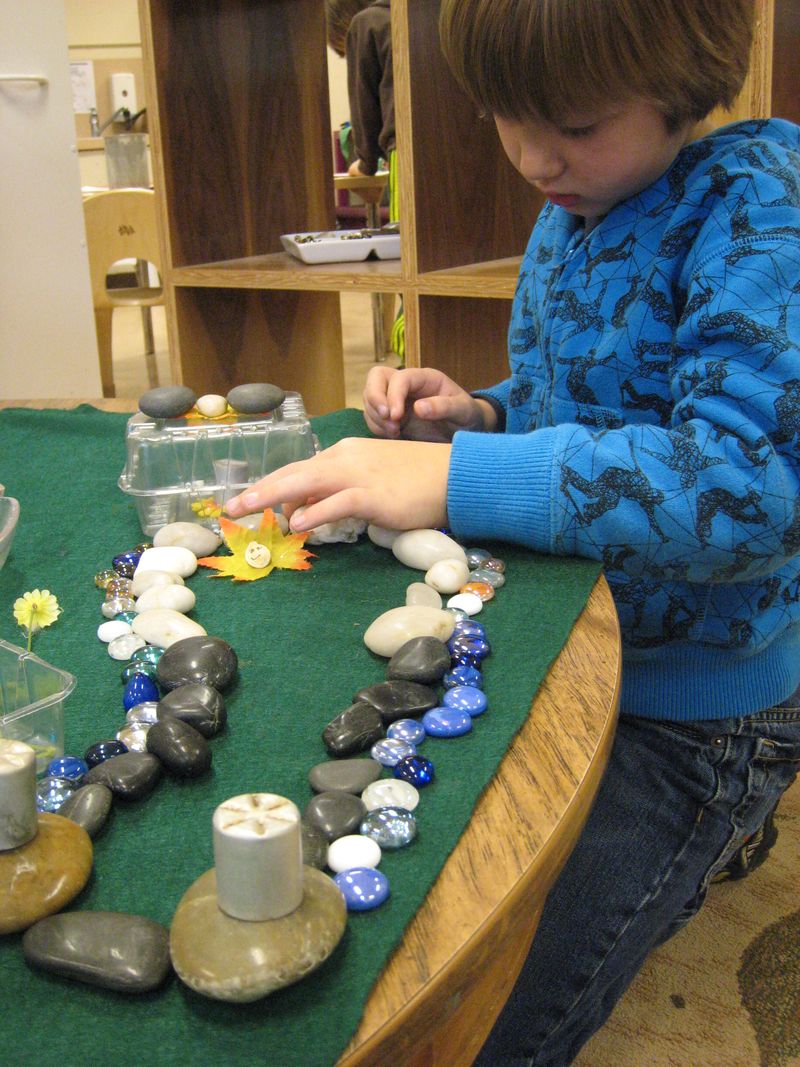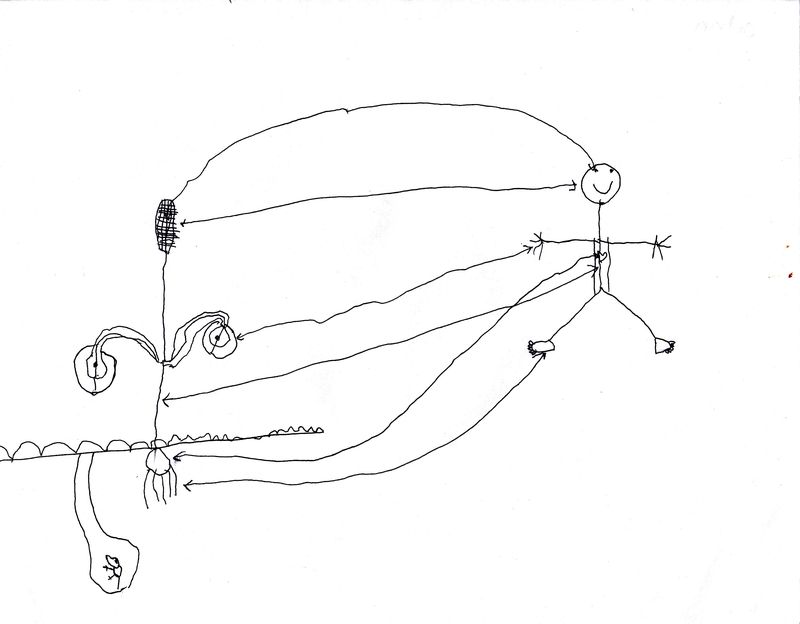Wondering About Protection
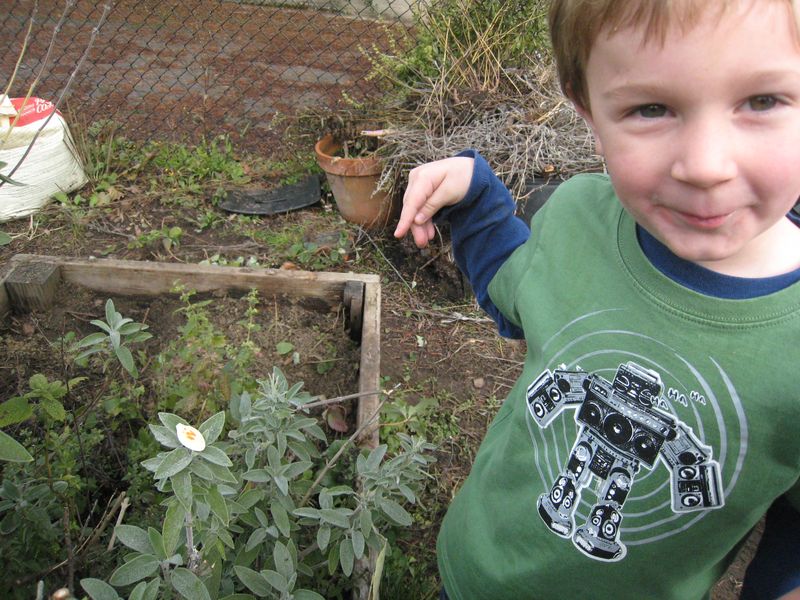
At the beginning of the year the children in Opal 1 had many experiences wondering about seeds. They brought in seeds from home, counted seeds, drew seeds, made seed characters and began to play with their seeds as they imagined what their seeds would need.

Our job as teachers during this time is to be paying particularly close attention to what the children are wondering about. Where will we find the connections, questions, and ideas that will guide us through our project work together this year? Where are the ideas that are complex and meaningful enough to capture and sustain this particular group of children's attention and sense of wonder over time?
Here are just a few comments we heard while they were playing with their seeds:
LG: He just saw a helicopter flying and got scared. My seed wants a little house because he is cold.
BV: My seed is saying, "I want to climb the hill, but I can’t. I don’t know how to climb the hill."
RB: I'm making a house for my seed. This is the hiding bomb under here. They fall down and explode. And then they grab the hugest pine cone and they drop it and it explodes because it's an exploding pine cone. Then no one can get in to eat the seed.
NJ: We are making the house as scary as possible so other things don't eat us. The seeds are afraid of birds, mice and deer. My seed's house has stoves below it and if they hit the secret alarm the pulley will bring the stoves up so it's too hot and no one can get in.
CM: I'm digging a burrow for him. No one can get him if he's in his burrow.
Almost immediately we began to notice that the children seemed so interested in this idea of protection. To them, it seemed, their seeds were so vulnerable and much of their time playing with their seeds was spent dreaming up ways to protect them. We wanted to know more about what they were thinking about this idea of protection. We wanted to provide them with more experiences where we might see this idea of protection come up again. In small groups we worked together to cut open a variety of interesting looking fruits to see what was on the inside. We asked the children what they were noticing.
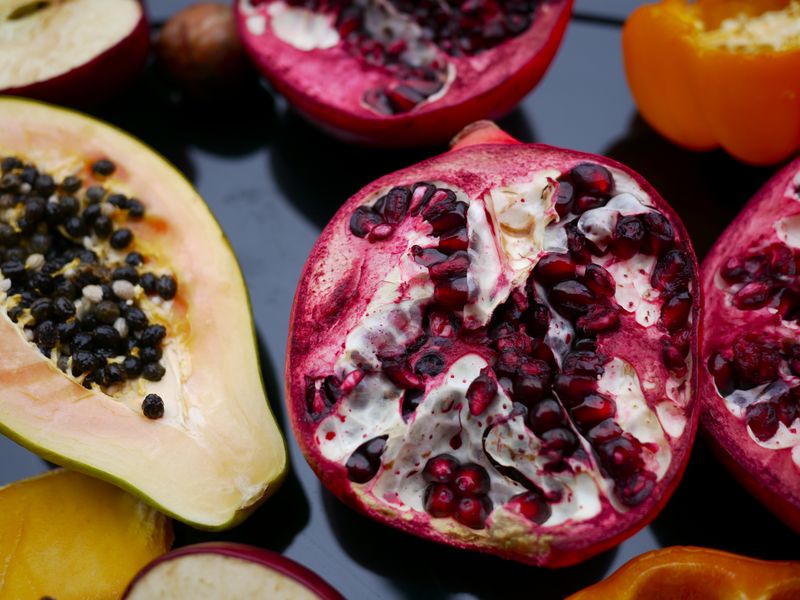
LH: It's a seed with a bunch of little seeds inside of it.
RB: No, it's just one big seed.
LD: It's just little seeds. It's inside the thing that we eat.
LG: Oooohhhh it's like a cave
NJ: It looks like a crystal seed
LD: If you peel the outside off. It's protection
AG: I agree because the outside is really hard.
RB: That's the protecting part. It protects the seeds so the animals can't eat it or something.
AG: It's the skin.
NJ: to protect the insides
LD: It protects the seeds. To keep the insides in just like us!
Again, the children showed us that indeed this idea was something worth spending some time to dig deeper. What was is about this idea of protection that was so intriguing? We had tossed the children a ball and they had tossed it back: "Just like us!" There was an idea we could spend some time wondering about. As teachers we brainstormed and began to imagine what the children might be wondering: Do we need protection too? Are people and seeds alike? Do they need the same things? What do we need protection from? Certainly not animals trying to eat us. But what then? Does protection look the same for all of us?
These questions left us wondering more about what the children were thinking. So, we asked them:
Teacher: How are seeds and people alike?
ZB: They both have protection
CM: Well strawberry seeds don't have protection.
ZB: Yeah, seeds are on the outside. We're kind of like the fruit and our heart on the inside is like the seed.
LG: Our heart is like the pit!
CM: Yeah, the pit!
LD: We're like the plant. Our heads are like the pit and our neck is like the stem.
CM: So, what's the seed?
LD: Our brain
CM: The heart can be the thing that planted it
BV: Our legs are the roots
LD: Seeds are really like us because all of the little things that come out are like arms!
ZB: All seeds have protection and we do too. We both grow bigger and bigger and older and older.
Teacher: What does protection do for us?
ZB: So we don't get hurt. So animals don't eat the seeds. Or you can think of it this way. Humans have skin as protection and seeds have shells as protection.
NJ: Just say the brain juice inside of the brain is a seed and the blood inside the heart is a seed.
Teacher: How are they alike?
NJ: When you die you might plant love and stuff. When you die your body just grows invisible love flowers. It's just planting love.
CM: I'm drawing a person and a corn plant. The eye is like the seeds. The head is the corn thing. The arm is like the things that stick out, the leaves. The body is like the stem. The feet are like the roots. The bulb or seed is like the heart. The seed that gets planted. Like the heart makes you- if you didn't have a heart you'd die and if the corn didn't have a seed it'd die.
Wow! What a powerful image. The seed is like our heart or our brain. Inside of us (both plants and people) is something small that keeps us alive.
Again, the words of the children lead us to more possibilities, to wonder, to explore, to deepen our understandings of ourselves and each other. As usual we are left with more questions that when we started. Here are some of the ideas we might ponder and some of the questions we might continue to wonder about together:
- What kind of protection does our heart need?
- Is there a difference between physical protection and emotional protection? Do we need both?
- Seeds must come out of their shells to grow. What helps us to grow? Do we have to come out of our shells? What does that mean?
- What do you need to feel safe enough to come out of your shell?
- How do we protect our hearts?
- How do we protect the hearts of others?
- How do we protect our community?

